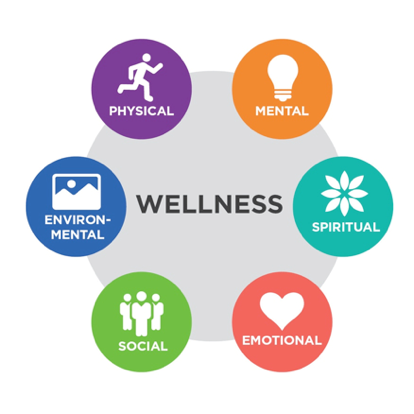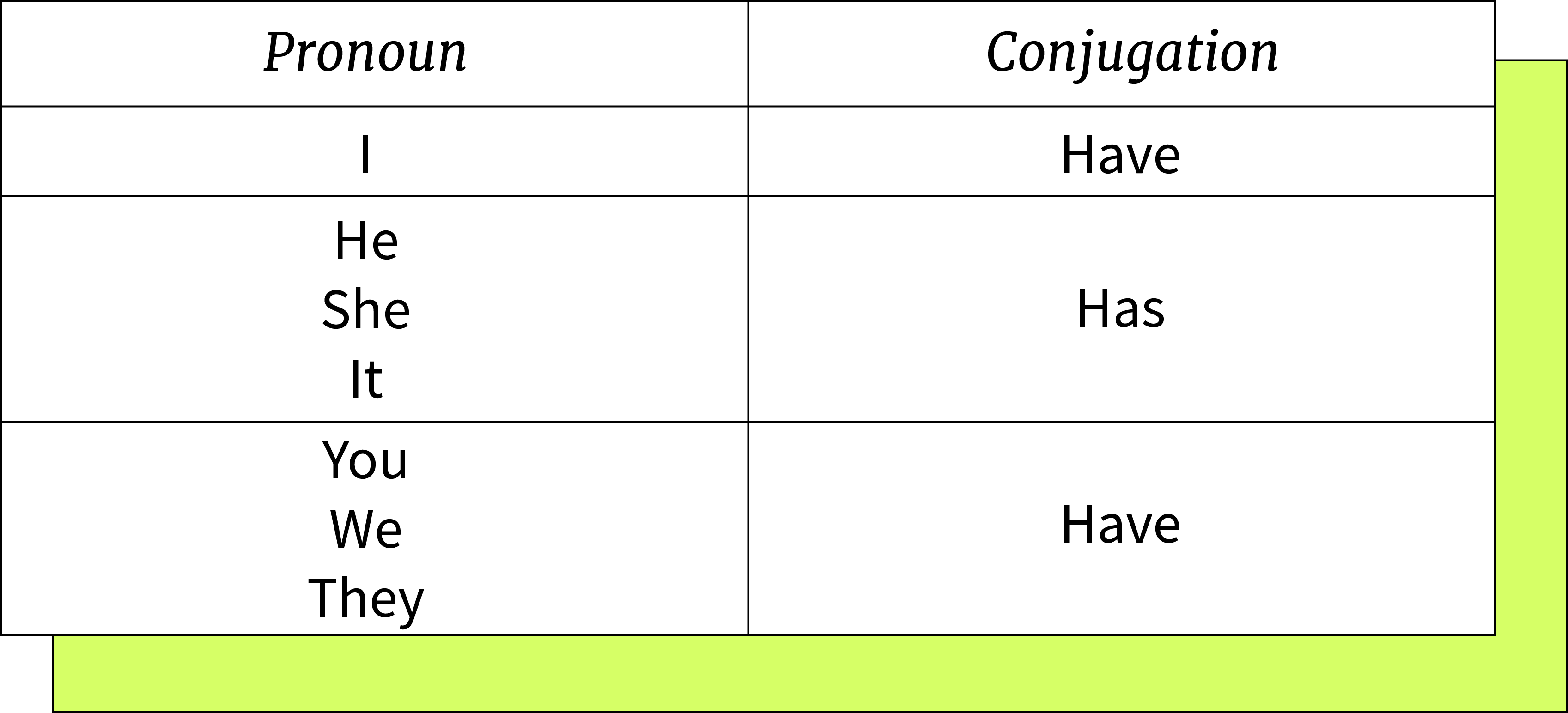Unveiling the Defining Trait of Organizational Politics: Navigating Self-Interest in the Workplace
Introduction: The Essence of Organizational Politics
Organizational politics is a complex and often controversial aspect of working life. Whether you are an employee, manager, or executive, you are likely to encounter political behaviors that influence decisions, relationships, and outcomes. Understanding the defining trait of organizational politics is critical for navigating your career and contributing to a healthy organizational culture. This article examines what sets organizational politics apart, why it matters, and how you can identify and respond to political maneuvering in your workplace.
Defining Organizational Politics: The Core Trait
The defining trait of organizational politics is self-serving behavior aimed at gaining personal advantage, often at the expense of others or the organization . Unlike formal organizational processes, political behaviors are informal, unofficial, and frequently hidden from view. This dynamic can involve subtle actions, overt power plays, or the manipulation of information and relationships to advance individual or group interests [1] [2] [3] .
Key Characteristics:
- Self-Interest : Political actions are primarily motivated by personal or group gain, not the organization’s overall well-being.
- Informal and Unofficial : These behaviors are not codified in policy or procedure and often operate behind the scenes.
- Manipulation of Power and Relationships : Individuals use influence, persuasion, or even sabotage to achieve their goals.
- Ambiguity Exploitation : Politics thrives in environments with unclear roles, expectations, or resource scarcity [4] [5] .
Types and Examples of Political Behaviors
Political activity in organizations takes many forms, ranging from subtle to overt. Here are some common examples:
- Self-Promotion : Taking credit for others’ work or exaggerating one’s contributions to gain recognition or promotion.
- Gatekeeping : Withholding information from colleagues to maintain an advantage or control over resources.
- Spreading Rumors : Damaging others’ reputations to diminish competition or sway opinion.
- Forming Factions : Building alliances based on common interests to consolidate power within departments or teams.
- Manipulating Policies : Bending rules or leveraging relationships to secure favorable outcomes, such as promotions or bonuses [1] [3] .
In a real-world scenario, an employee might discourage colleagues from supporting a high-achieving newcomer to protect their own status. Alternatively, a manager may withhold critical project information to ensure their team appears more competent than others [2] .

Source: change.walkme.com
Why Organizational Politics Flourish
Political behavior is more likely to emerge in organizations where:
- Resources Are Scarce : Limited budgets, promotions, or project opportunities intensify competition.
- Roles Are Ambiguous : Lack of clarity in job descriptions allows individuals to define responsibilities in self-serving ways.
- Decision-Making Is Democratic or Unstructured : When many voices are involved, there is greater opportunity for influence and alliance-building.
- Performance Evaluations Are Subjective : Vague or inconsistent criteria open the door for impression management and favoritism [4] [5] .
For example, in organizations where promotions are scarce and evaluation criteria are unclear, employees may engage in behind-the-scenes lobbying or undermine competitors to secure advancement.
Impact on Organizations and Individuals
The effects of organizational politics are far-reaching and can be both positive and negative. While some political behaviors may help align groups or advocate for necessary changes, unchecked politics often lead to:

Source: change.walkme.com
- Decreased Morale and Trust : Employees may feel undervalued or distrustful if they perceive favoritism or manipulation.
- Reduced Collaboration : Political maneuvering can create silos and discourage open communication.
- Lowered Performance : Energy spent navigating politics detracts from productivity and innovation.
- Increased Stress and Turnover : Persistent political environments contribute to job dissatisfaction, anxiety, and higher attrition rates [3] [4] .
For individuals, being the target of negative political behaviors can cause both psychological and physical strain. For organizations, excessive politics can erode culture and undermine strategic goals.
How to Recognize and Address Organizational Politics
Both leaders and employees can take practical steps to identify and respond to political behaviors:
For Leaders and HR Professionals:
- Foster Transparency and Open Communication : Encourage honest dialogue and make policies visible and accessible. This reduces ambiguity and limits the space for political maneuvering [5] .
- Clarify Roles and Expectations : Ensure that job descriptions, performance criteria, and promotion processes are clear and consistently applied.
- Model Ethical Behavior : Demonstrate fairness and integrity in decision-making to set the standard for others.
- Establish Reporting Mechanisms : Create safe channels for employees to report concerns about political behaviors or favoritism.
For Employees:
- Document Interactions : Keep records of meetings, assignments, and communications in case you need to clarify your contributions or defend against misrepresentation.
- Seek Allies and Mentors : Build relationships with trusted colleagues who can provide advice or support.
- Focus on Deliverables : Let your results speak for themselves, and avoid engaging in negative political behaviors yourself.
- Address Issues Directly : If you encounter political behavior that affects your work, address it professionally with the involved parties or escalate to HR if necessary.
Alternative Approaches and Solutions
Not all political behavior is negative. Positive politics-such as advocating for organizational improvements, building coalitions for change, or mentoring others-can benefit both individuals and the organization [2] . Leaders should encourage constructive engagement and recognize that some degree of influence is inherent in collaborative environments.
Step-by-Step Guidance for Navigating Organizational Politics
1. Assess Your Environment : Observe patterns of behavior and identify where informal power resides. 2. Clarify Your Goals : Understand your own objectives and how they align with organizational priorities. 3. Build Social Capital : Establish a network of positive relationships across departments. 4. Maintain Integrity : Avoid participating in manipulative or harmful behaviors, even if others do. 5. Leverage Official Channels : If you experience or witness harmful politics, document the situation and approach HR or leadership using established procedures. 6. Continue Learning : Seek out reputable books, training programs, or professional mentors who can offer guidance on navigating complex workplace dynamics.
What to Do If You Encounter Negative Organizational Politics
If you are affected by harmful political behaviors, you can:
- Speak with your supervisor, outlining specific incidents and their impact.
- Use official HR reporting systems, if available, to document concerns.
- If your organization lacks clear channels, consider consulting with your local labor board or professional association for advice.
- Focus on building your skills and reputation to remain resilient against negative influences.
When seeking further information or formal support, always use the official website or contact channels for your organization’s human resources department. If you are in a unionized setting, you can contact your union representative for guidance.
Summary: The Path Forward
Organizational politics is an unavoidable aspect of most workplaces. Its defining trait -self-serving behavior to advance personal or group interests-can have far-reaching effects on morale, productivity, and culture. By recognizing these behaviors and adopting proactive strategies, both leaders and employees can help foster a more transparent, fair, and high-performing work environment.
References
- [1] AIHR (2025). Organizational Politics: Definition, Types & Examples.
- [2] Wikipedia (2024). Workplace Politics.
- [3] NCBI (2019). Organizational Politics And Workplace Deviance In Unionized Settings.
- [4] Washington State University (2024). Fundamentals of Leadership: Organizational Politics.
- [5] Workvivo (2023). Understanding Organizational Politics: Key Types & Risks.
MORE FROM eboxgo.com













